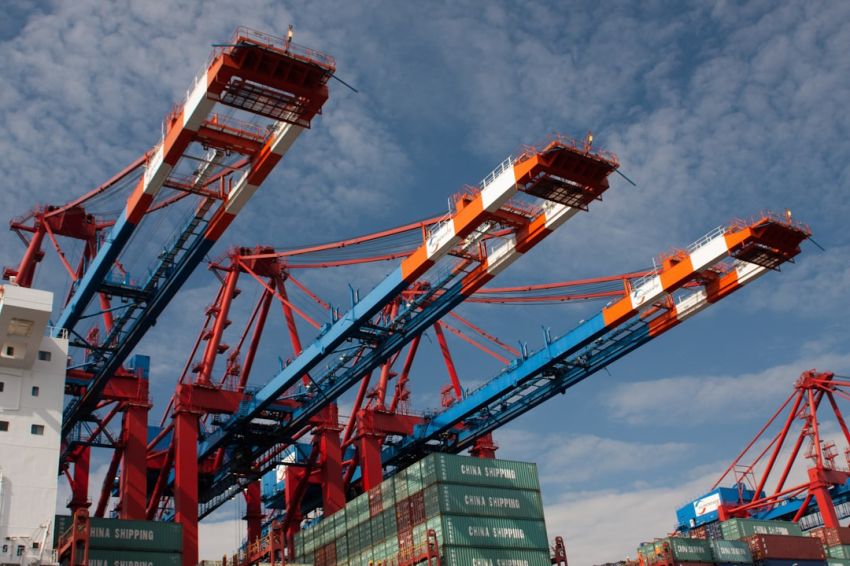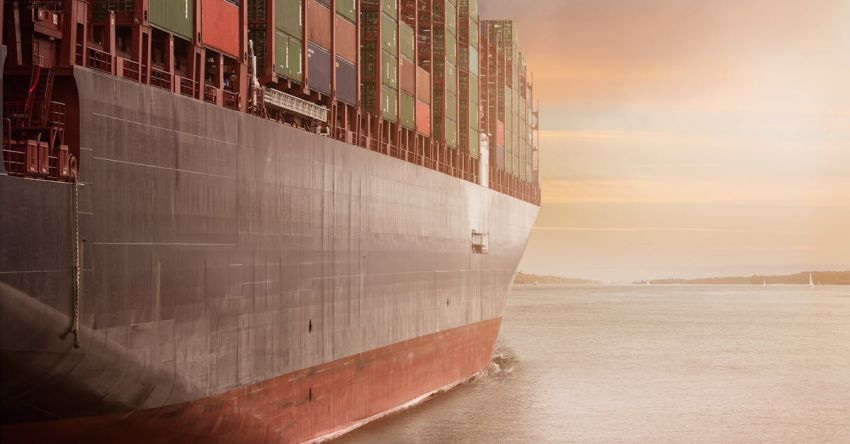Global trade is a cornerstone of the modern economy, shaping the way countries interact, businesses operate, and consumers access goods and services. The intricate web of international trade routes facilitates the flow of products, services, and capital across borders, connecting distant markets and creating opportunities for growth and development. At the heart of this complex system are several key drivers that influence and shape the dynamics of global trade.
Trade Agreements
Trade agreements play a pivotal role in facilitating and regulating international trade. These agreements, whether bilateral or multilateral, establish the terms and conditions under which countries can exchange goods and services. By reducing tariffs, quotas, and other trade barriers, these agreements promote greater market access and encourage trade between nations. The World Trade Organization (WTO) is a key player in overseeing and enforcing these agreements, ensuring a level playing field for all participants.
Market Access and Demand
Market access and demand are critical drivers of global trade. As countries seek to expand their economic activities and access new markets, they rely on trade to reach a broader customer base. Factors such as population size, income levels, and consumer preferences shape market demand and influence the types of goods and services that are traded globally. Companies often engage in international trade to tap into new markets, diversify their customer base, and take advantage of economies of scale.
Technological Advancements
Technological advancements have revolutionized the way global trade is conducted. The rise of digital platforms, e-commerce, and supply chain technologies has enabled businesses to connect with suppliers, customers, and partners across the globe seamlessly. Automation and digitalization have streamlined processes, reduced transaction costs, and increased the speed and efficiency of trade transactions. As technology continues to evolve, it will play an increasingly important role in shaping the future of global trade.
Supply Chain Networks
Supply chain networks are the backbone of global trade, connecting producers, suppliers, distributors, and consumers in a complex web of interconnected relationships. Efficient supply chains enable businesses to source raw materials, manufacture products, and deliver goods to market in a timely and cost-effective manner. Companies that invest in building resilient and flexible supply chain networks are better positioned to adapt to changing market conditions, mitigate risks, and capitalize on emerging opportunities in the global marketplace.
Geopolitical Factors
Geopolitical factors, such as political stability, security concerns, and regulatory environments, can significantly impact global trade patterns. Trade disputes, sanctions, and geopolitical tensions can disrupt supply chains, increase costs, and create uncertainties for businesses operating in international markets. Countries that maintain stable political environments, open economies, and transparent regulatory frameworks are more likely to attract foreign investment, foster trade relationships, and drive economic growth through trade.
Environmental and Social Considerations
Environmental and social considerations are increasingly influencing global trade practices. Consumers are becoming more conscious of sustainability, ethical sourcing, and corporate social responsibility, prompting businesses to adopt environmentally friendly and socially responsible practices in their operations. As sustainability concerns continue to gain prominence, companies are incorporating eco-friendly initiatives, fair labor practices, and ethical sourcing into their supply chains to meet the evolving expectations of consumers and regulatory bodies.
Adaptation to Market Trends
Adaptation to market trends is crucial for businesses to remain competitive in the global marketplace. Rapid changes in consumer preferences, technological innovations, and regulatory requirements require companies to be agile and responsive to emerging trends. Businesses that can anticipate market shifts, innovate their products and services, and align their strategies with evolving market dynamics are better positioned to succeed in the fast-paced world of global trade.
In conclusion, global trade is driven by a complex interplay of factors that shape the way countries, businesses, and consumers engage in commerce across borders. From trade agreements and market access to technological advancements and supply chain networks, the drivers of global trade are multifaceted and interconnected. By understanding and adapting to these key drivers, businesses can navigate the challenges and opportunities of the global marketplace, drive economic growth, and foster prosperity on a global scale.










